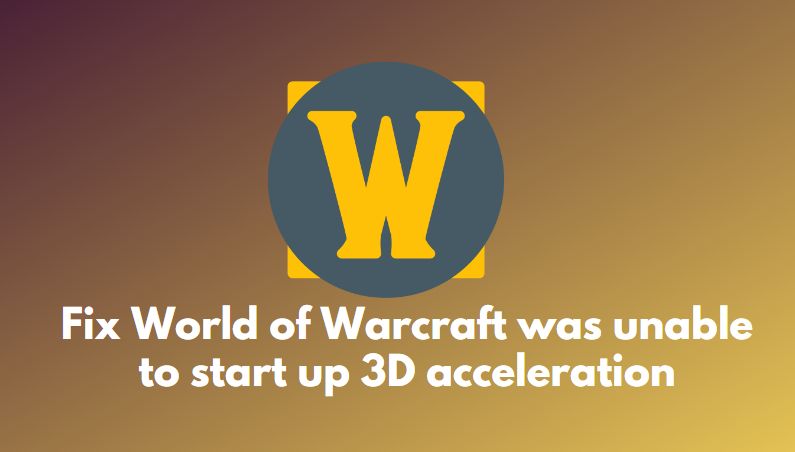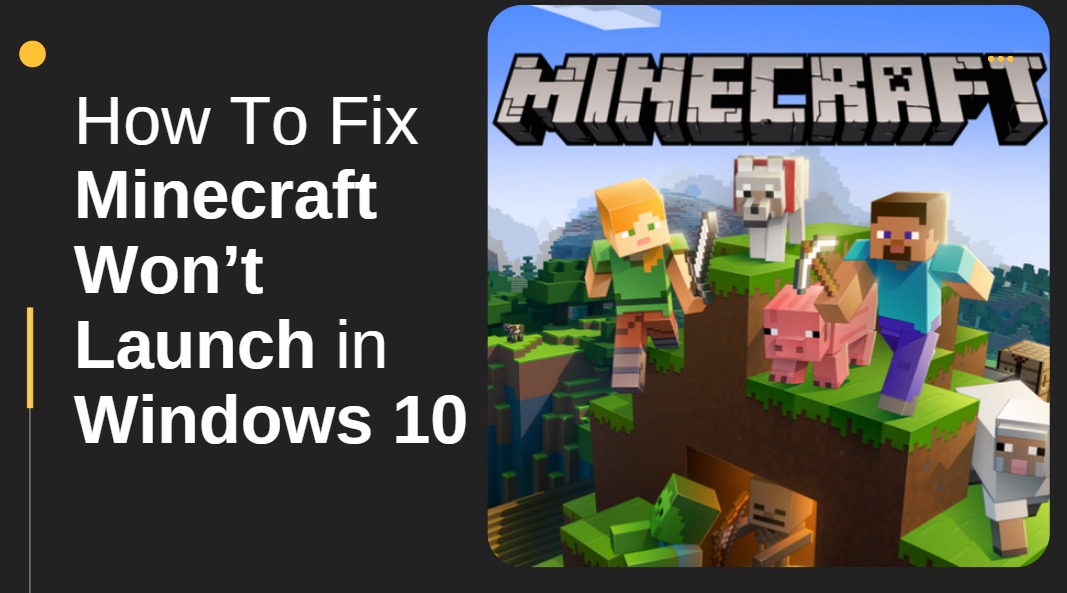“Starfield,” Bethesda’s highly anticipated open-world sci-fi RPG, has brought a fresh wave of excitement to space exploration gaming. Since its release, one of the most talked-about elements is its space gameplay. While the base version offered a solid foundation, the developers have introduced several improvements to enhance the interstellar experience. Whether you’re a seasoned pilot or a curious newcomer, understanding these enhancements is key to maximizing your time among the stars.
Enhanced Ship Controls
One of the first things players noticed post-launch was that ship controls could feel stiff or unintuitive at times. Bethesda has addressed this concern with improved handling mechanics. Ships now respond more realistically to player inputs, taking into account factors like boost momentum, gravity wells, and real-time physics.
Thruster responsiveness has been fine-tuned, enabling greater precision during flight — whether you’re navigating asteroid fields or aligning for a perfect dock. The result is a *more immersive and tactile experience* behind the controls.
Deeper Combat Mechanics
Combat in space was initially a simplistic affair compared to ground engagements, but recent updates have injected layers of tactical depth into the system. Players can now adjust power distribution between shields, weapons, and engines dynamically during a battle. This adds a strategic layer that makes each encounter feel unique and rewarding.
Additionally:
- New weapon types have been added, including high-yield plasma cannons and EMP torpedoes.
- Enemy AI in space has been upgraded to include evasive maneuvers, ambush tactics, and the ability to call in reinforcements.
- You can now perform manual targeting, allowing you to disable specific modules of enemy ships, like engines or weapon bays.
This update brings the *epic dogfights of science fiction* closer to reality than ever before.
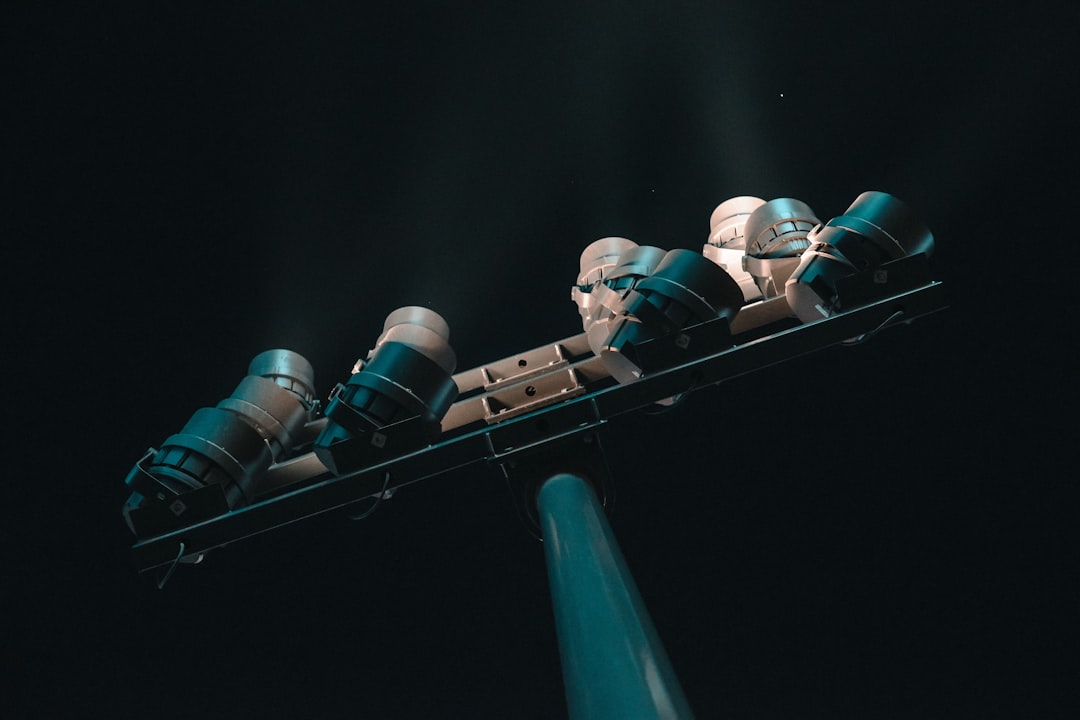
Improved Ship Customization
Player freedom has always been a core element in Bethesda games, and “Starfield” is no exception. While the original ship-builder offered promising features, many felt it lacked options for deep personalization. Thanks to continuous updates, new modules, components, and aesthetic choices have been added that offer much more granular control over your spacecraft’s look and function.
Here’s what’s been improved:
- Expanded module library that includes stealth tech, cargo enhancers, and long-range scanners.
- Color pallets and *custom decals* for hull personalization.
- Interior overhauls, allowing you to *design the inside of your ship* with workbenches, med bays, crew quarters, and personal touches.
This update not only caters to functionality but also to those who enjoy making their ship feel like home in the infinite vastness of space.
Improved Navigation Systems
Getting from point A to point B in a galaxy that spans hundreds of star systems is no small feat. Navigation received a massive overhaul with the introduction of new tools and quality-of-life improvements. Players now benefit from:
- Interactive starmaps that offer faster route planning and show trade lanes, danger zones, and exploration targets.
- A *”quick-jump”* feature that intelligently predicts destinations based on your active quests and resources.
- Better mission markers and auto-route adjustment when bypassing hostile sectors.
This makes interstellar travel feel cohesive and much faster – a welcome quality-of-life change that keeps players immersed rather than frustrated.
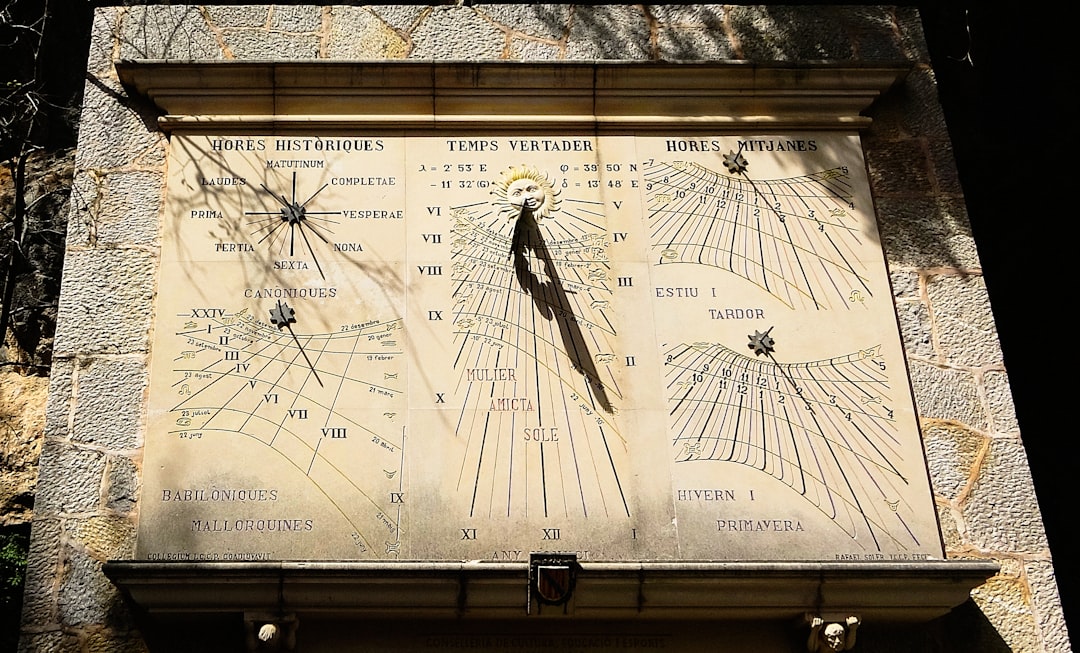
Seamless Planetary Transit
Initially, players were disappointed to find that planetary landings were reliant on cutscenes rather than being fully interactive. While the game still uses some of these cinematic transitions, updates have made the process far more fluid and engaging. Expanded planetary scanning allows for identifying terrain, resources, and flora/fauna *before* landing, empowering better decisions on where to deploy.
Moreover, the *descent interface* has been revamped with HUD elements like descent velocity, angle, and landing indicators. Upcoming updates also promise even more interactive landings, pushing the immersion closer to true seamless transit between space and planet surface.
Expanded Roles and Crew Management
Space is lonely – unless you have the right crew. Expanding on the original companion system, “Starfield” now offers advanced crew management, complete with skill synergy and loyalty missions. Each member comes with unique perks, and matching the right crew to your ship configuration can significantly improve your operational efficiency.
For example:
- Pilots boost speed and maneuverability.
- Engineers enhance repair rates and power efficiency.
- Medics improve survival odds during boarding missions.
Additionally, players can now assign crew to specific ship stations and even run sub-simulations while docked on a space station or planetary base. This extra layer of operational management adds *depth and strategy* for players who wish to min-max their interstellar expeditions.
Mini-Factions and Random Events in Deep Space
One of the more exciting additions to space gameplay comes in the form of dynamic content generation. Players traveling through uncharted or fringe sectors may now encounter randomly generated:
- Merchant caravans looking to trade rare goods.
- Derelict vessels with hidden logs and valuables.
- Mini-factions such as pirates, smugglers, and rogue AI enclaves.
The inclusion of these elements turns deep space into a living, breathing sandbox. No two expeditions feel the same, making repeat playthroughs endlessly engaging.
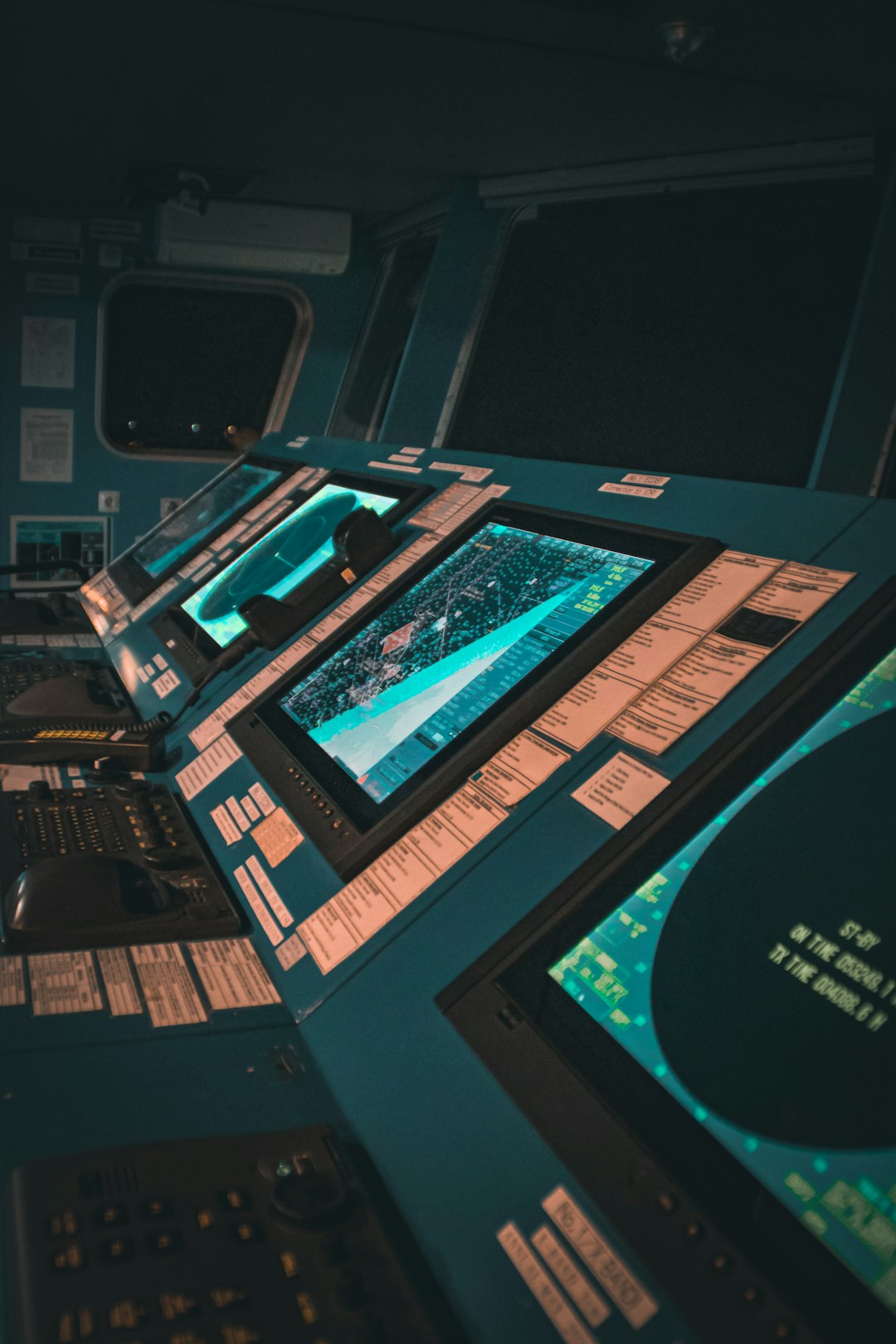
Boarding and Salvage Mechanics
One of the most requested features has finally been implemented: the ability to board enemy ships. Now, when you disable an opponent’s engine or breach their hull, you can initiate a boarding sequence. This involves:
- Combat clearing multiple decks.
- Looting cargo bays or hacking terminals.
- Choosing to either scavenge or commandeer the vessel for yourself.
This turns every skirmish into a potential treasure hunt or acquisition mission and ties beautifully into the expanded customization and crew dynamics. Ship acquisition has never felt so tangible – or so dangerous.
FAQ: Starfield Space Gameplay
- Q: Can I fly directly from space into a planet’s atmosphere?
A: Currently, planetary landings still use cinematic transitions, but upcoming updates aim to reduce load time and improve immersion further. - Q: Is ship customization purely cosmetic?
A: Not anymore. Customization now includes functional modules that affect combat, navigation, and utility. - Q: What’s the benefit of hiring different crew members?
A: Each crew member brings unique bonuses. Strategic pairing can significantly enhance ship performance. - Q: Are space battles avoidable?
A: Yes. With improved navigation and scanning, you can now plan routes to evade hostile regions. - Q: Do factions affect space gameplay?
A: Absolutely. Aligning (or clashing) with mini-factions and larger political entities alters encounters, pricing, and missions available in different regions.
With these updates and improvements, “Starfield” has developed into a space-faring experience that rivals some of the most iconic franchises in the genre. From enhanced dogfighting mechanics to deeper simulation systems, space in “Starfield” is no longer an empty void — it’s a playground full of wonder, danger, and infinite possibilities.

